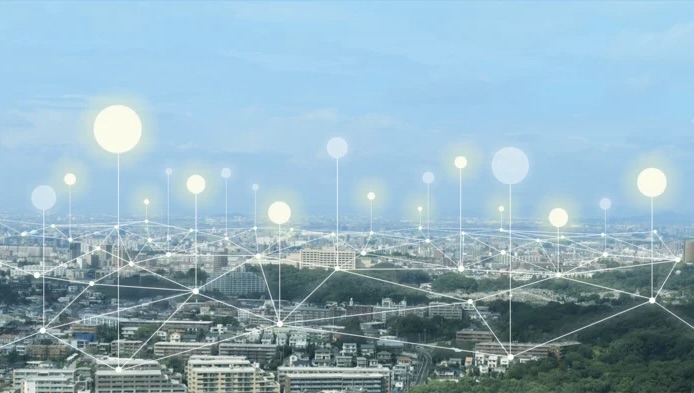A team of researchers from Nagoya University in Japan has devised a potential solution to one of the Internet of Energy’s most pressing issues: energy efficiency. They accomplished this by developing a controller with a sleep mode that only obtains energy when required.
 Image Credit: Reiko Matsushita.
Image Credit: Reiko Matsushita.
To tackle the climate crisis, substantial generation of power based on renewable energy has become crucial. The Internet of Energy functions similarly to the information Internet. But it comprises energy linked through smart power generation, smart interconnection, smart power consumption, and cloud sharing. This is one solution to society’s electrification needs.
Information is fragmented into transmittable pieces called “packets” and tagged with its destination when transmitted over the Internet. An analogous idea is the foundation of the energy Internet. “Power packets” are made by adding information tags to power pulses.
These are then distributed through networks based on requests from terminals to the locations where they are required. However, since the packets are sent sporadically, there is an issue with the energy supply. Capacitors and storage batteries are current technologies that complicate the system and lower its effectiveness.
Sparse control, where the actuators of the terminal are active for a part of the time and inactive for the rest, is an alternative solution. They do not use any fuel or electricity while in sleep mode, effectively saving energy and lowering noise and environmental pollution.
Even though minimal control has been applied to systems with a single actuator, this does not guarantee that the system will operate well when many actuators are employed. The “maximum turn-off control problem” is the issue of figuring out how to do this for multiple actuators.
A Nagoya University research team headed by Professor Shun-ichi Azuma and Doctoral student Takumi Iwata from the Graduate School of Engineering has now created a model control method for numerous actuators. The model has an awake mode that acquires and controls the required power packets and a sleep mode when needed. The findings were reported in the International Journal of Robust and Nonlinear Control.
"We can see our research being useful in the motor control of production equipment. This research provides a control system configuration method based on the assumption that the energy supply is intermittent. It has the advantage of eliminating the need for storage batteries and capacitors. It is expected to accelerate the practical application of the power packet type energy Internet."
Shun-ichi Azuma, Professor, Graduate School of Engineering, Nagoya University
The Japan Science and Technology Agency Emergent Research Support Program and Grant-in-Aid for Scientific Research from the Ministry of Education, Culture, Sports, Science and Technology of Japan provided funding for this study.
